Kale Seeds

- Free worldwide shipping on all orders over $100
- Delivers in: 3-7 Working Days Shipping & Return
🥬 How to Grow Kale from Seeds
Common Names:
-
Hindi: केल / करम साग
-
Tamil: கேல் கீரை
-
Telugu: కేల్ ఆకులు
-
Malayalam: കേൽ ഇല
-
Kannada: ಕೇಲ್ ಎಲೆಗಳು
-
English: Kale
-
Botanical Name: Brassica oleracea (Acephala group)
1. Choose the Right Season
Cool-season leafy green
Best time to sow:
-
Winter crop: Sep–Feb (ideal in most parts of India)
-
Hills: Also possible in summer (Apr–Jun)
Ideal Temperature: 10°C–25°C
Can tolerate light frost — cold enhances taste and tenderness
2. Prepare the Soil
Soil Type: Well-drained loamy or sandy loam soil
pH Level: Slightly acidic to neutral (6.0–7.0)
Mix in rich compost, cow dung manure, and a handful of wood ash or neem cake before sowing
Raised beds or wide pots help prevent waterlogging
3. Sow the Seeds
Depth: ½ inch (1.2 cm) deep
Spacing:
-
In garden beds: 12–15 inches between plants
-
In pots (12–14 inch deep): Sow 2–3 seeds, thin to the healthiest plant
Water gently after sowing
4. Watering
Keep soil evenly moist, not soggy
Water 2–3 times per week depending on climate
Mulching helps retain moisture and regulate temperature
5. Germination
Seeds germinate in 5–10 days
Ensure good sunlight and warmth for strong seedlings
Thin overcrowded seedlings early
6. Sunlight & Temperature
Needs 5–6 hours of direct sunlight daily
Thrives in cool weather — ideal in 15°C to 25°C
In hotter regions, provide afternoon shade or sow in late winter
7. Fertilization
Add compost every 2–3 weeks
Liquid feeds like diluted seaweed extract or banana peel tea support leafy growth
Avoid excessive nitrogen to prevent leggy growth
8. Pest Control
Common pests: Aphids, cabbage loopers, flea beetles
Use neem oil + mild soap spray every 10–15 days
Cover young plants with netting or row cover if infestation risk is high
Remove yellow or damaged leaves regularly
9. Harvesting
Ready in 50–70 days
Harvest outer leaves when 6–8 inches long — allow center to keep growing
You can cut-and-come-again for continuous harvest over 2–3 months
Younger leaves are more tender and milder in taste
10. Regrow Tip
Let a few plants bolt (flower and seed) in late season
Collect seeds once pods dry and turn brown
Store dry seeds in an airtight container for next season
🥗 Health Benefits of Kale
-
Rich in Vitamins A, C, and K – boosts immunity and bone health
-
High in antioxidants – reduces oxidative stress
-
Great for digestion – loaded with fiber
-
Supports heart health – low in calories, high in nutrients
-
Anti-inflammatory properties – thanks to omega-3s and flavonoids
Your email address will not be published.


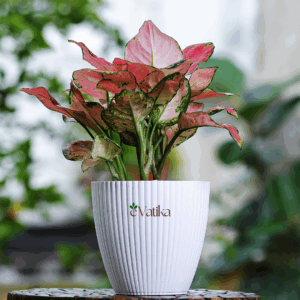
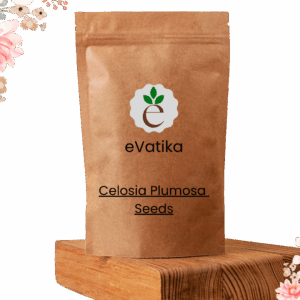

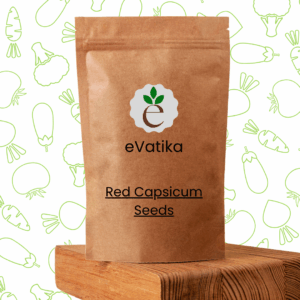
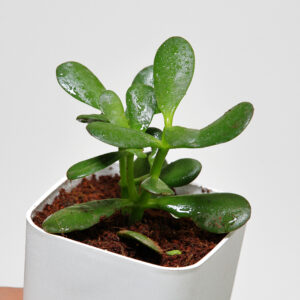
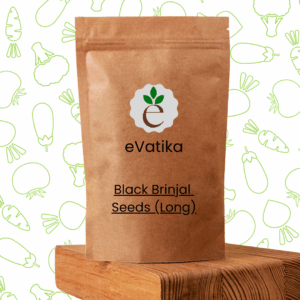
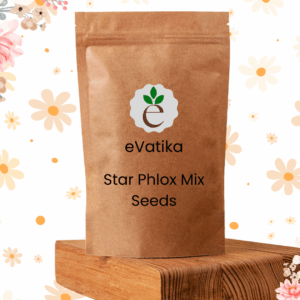
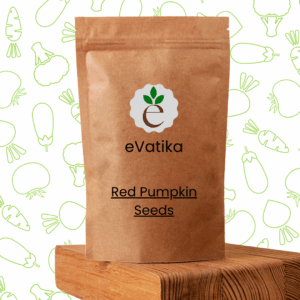
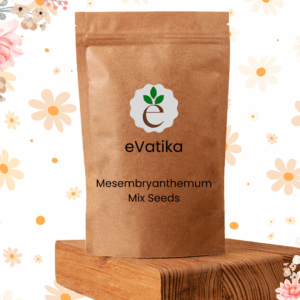
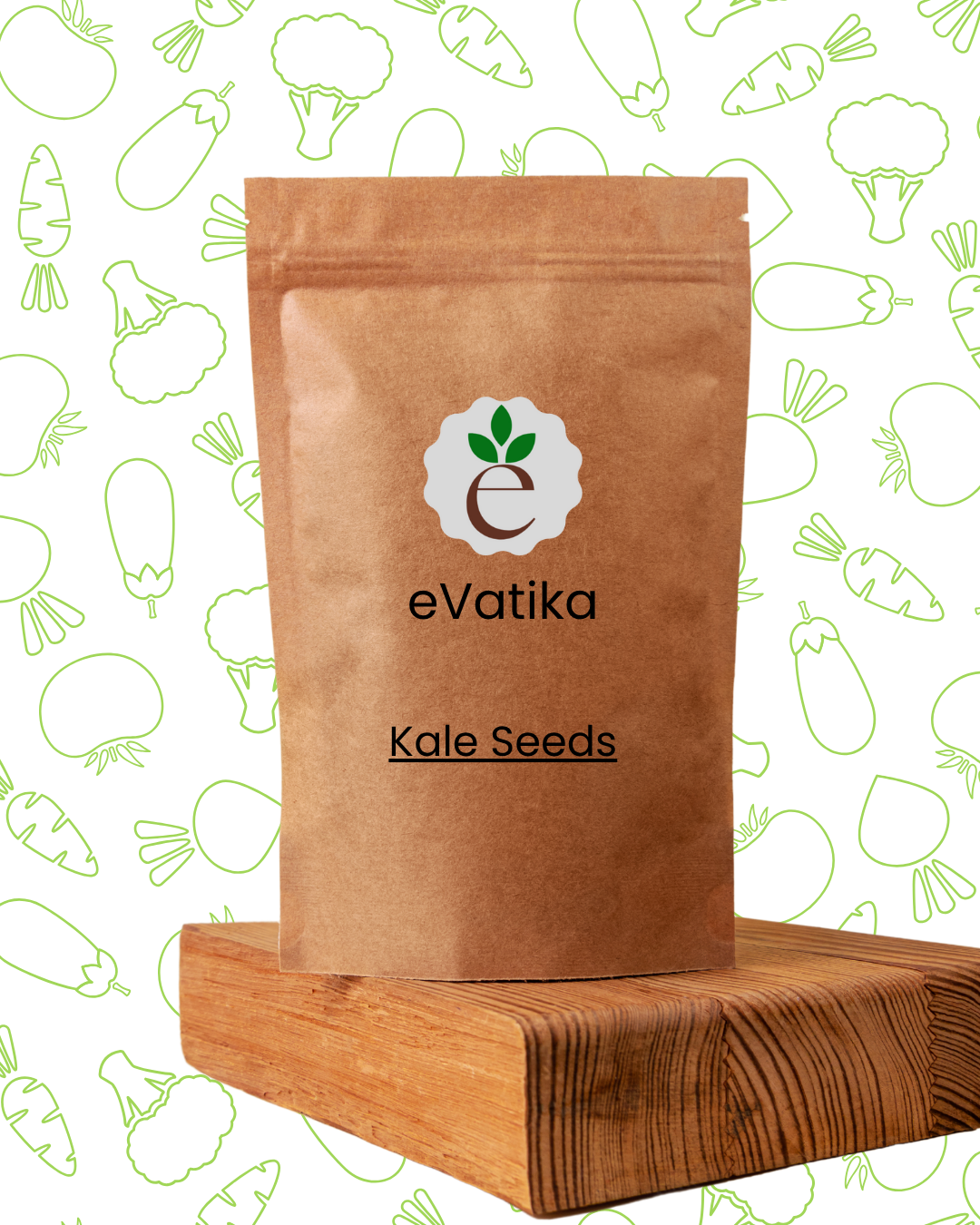
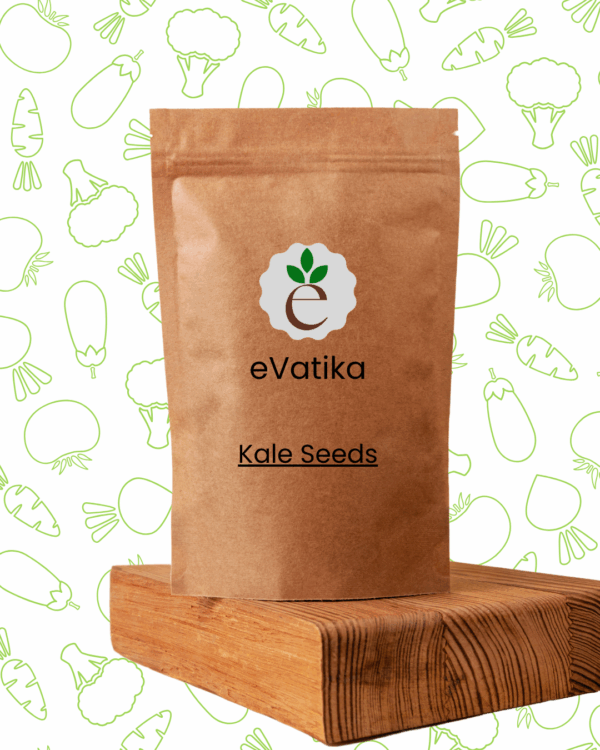
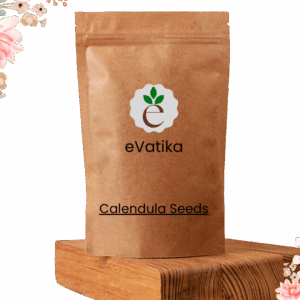
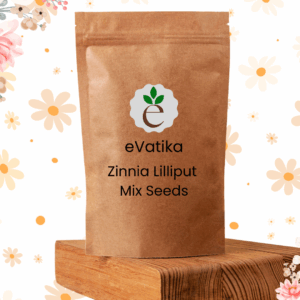
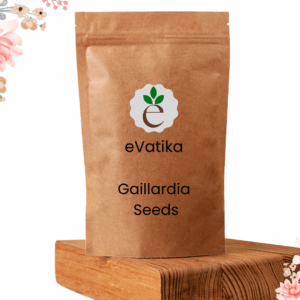
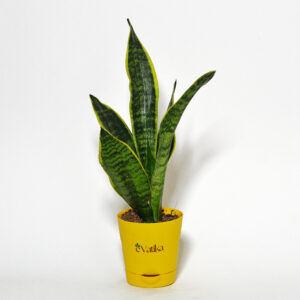
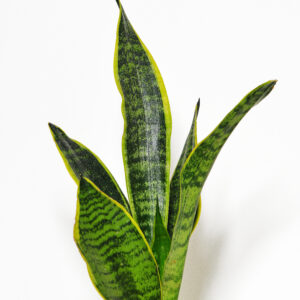

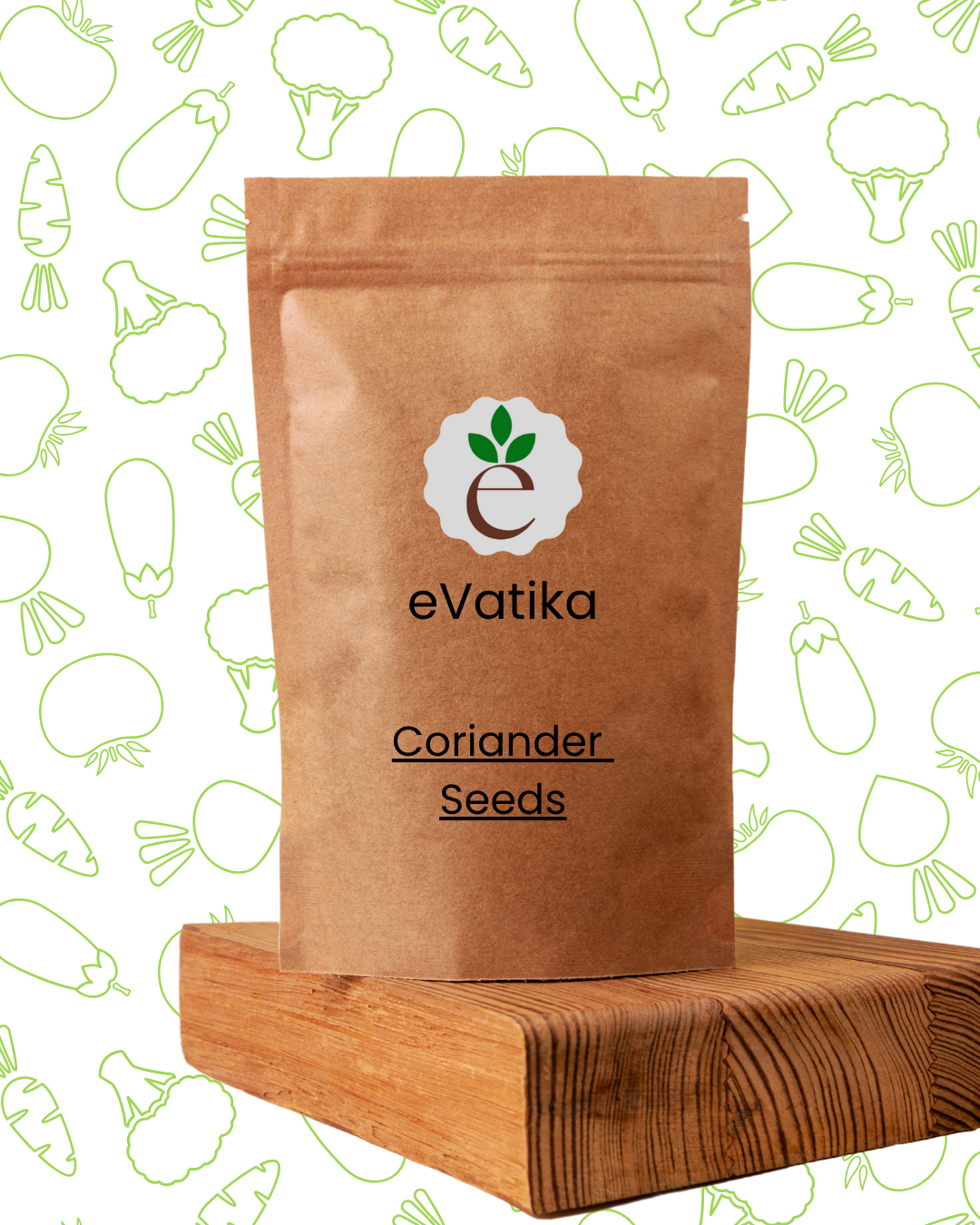
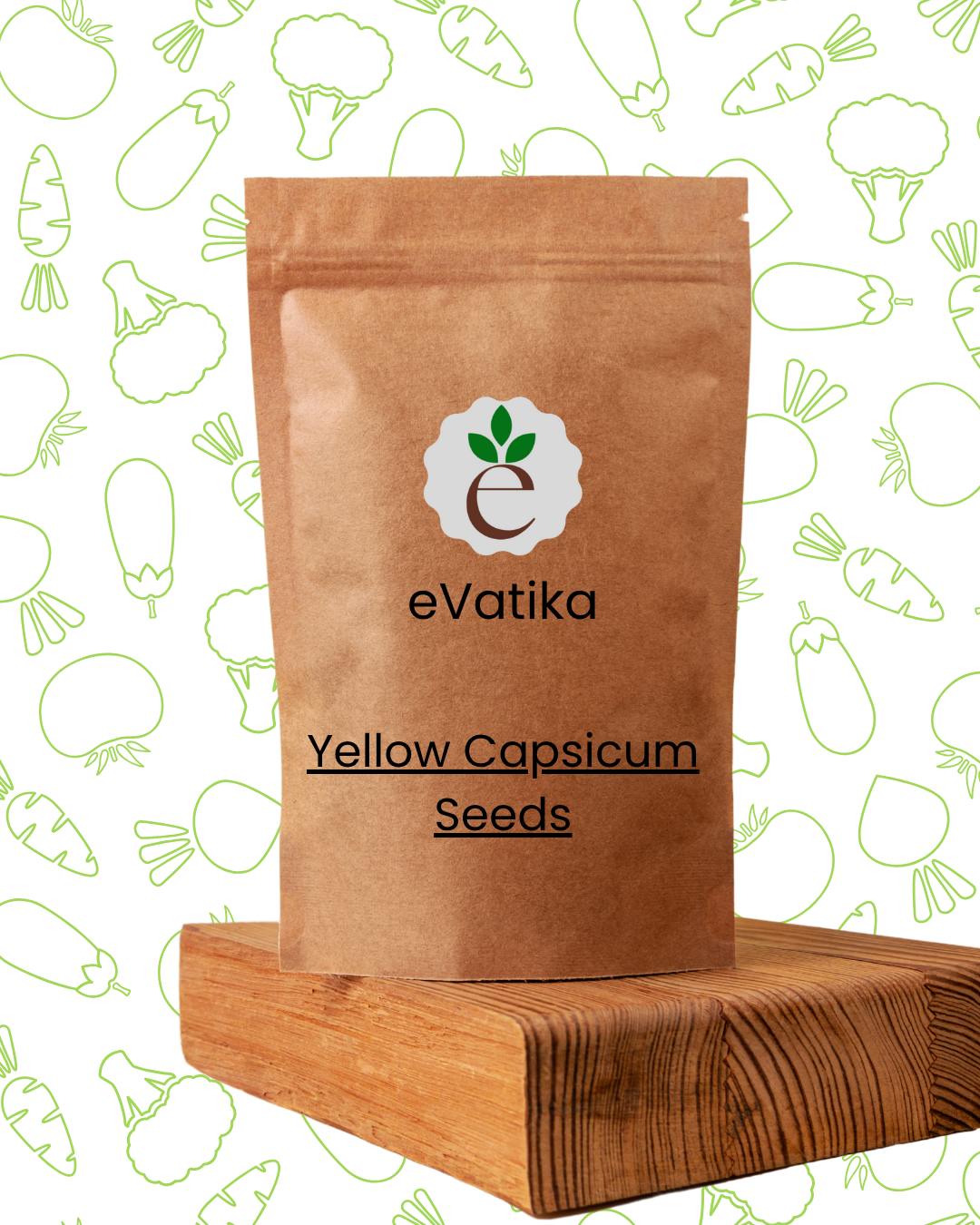


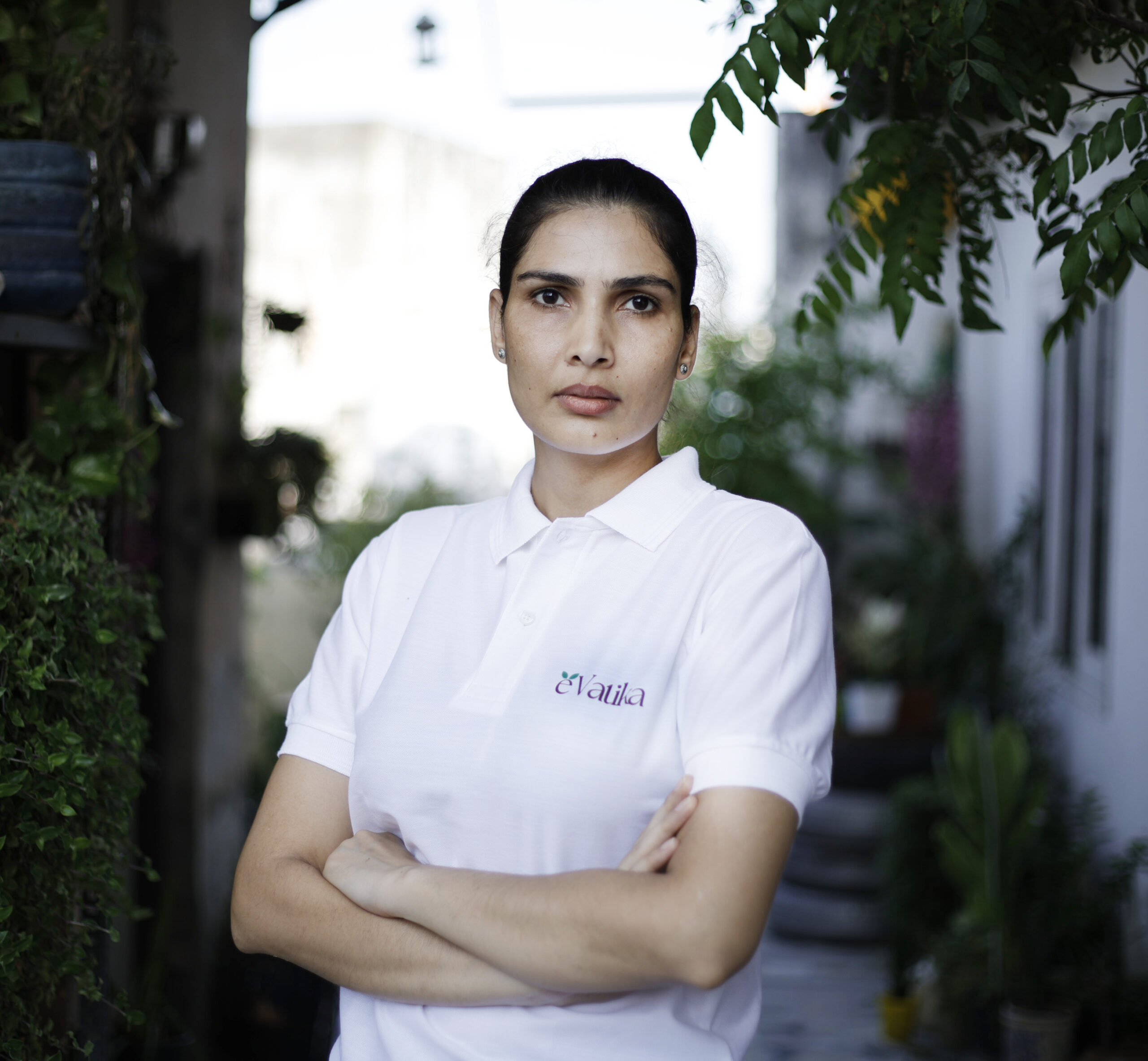


Reviews
There are no reviews yet.